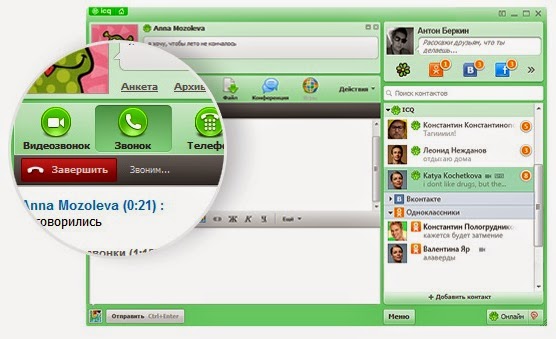

Application level rootkits may replace regular application binaries with trojanized fakes, or they may modify the behavior of existing applications using hooks, patches, injected code, or other means. Library rootkits commonly patch, hook, or replace system calls with versions that hide information about the attacker.
Is icq a rootkit drivers#
This is often accomplished by adding a new code to the kernel via a device driver or loadable module, such as Loadable Kernel Modules in Linux or device drivers in Microsoft Windows. Kernel level Rootkits add additional code and/or replace a portion of kernel code with modified code to help hide a backdoor on a computer system. Rootkits come in three different “flavors”: kernel, library and application level kits.

Is icq a rootkit software#
Now the term is not generally restricted to Unix-based operating systems, as tools that perform a similar set of tasks now exist for non-Unix operating systems such as Microsoft Windows (even though such operating systems may not have a “root” account).Ī rootkit typically hides logins, processes, threads, registry keys, files, and logs and may include software to intercept data from terminals, network connections, and the keyboard. The term “rootkit” (also written as “root kit”) originally referred to a set of recompiled Unix tools such as “ps,” “netstat,” “w” and “passwd” that would carefully hide any trace of the intruder that those commands would normally display, thus allowing the intruders to maintain “root” on the system without the system administrator even seeing them. A computer with a rootkit on it is referred to as a “rootkited” computer. Rootkits are known to exist for a variety of operating systems such as Linux, Solaris and versions of Microsoft Windows.

The present invention relates to computer systems and, more specifically, to a system, method and computer program product for rootkit detection.Ī rootkit is a set of software tools frequently used by a third party (usually an intruder) after gaining access to a computer system intended to conceal running processes, files or system data, which helps an intruder maintain access to a system without the user's knowledge.


 0 kommentar(er)
0 kommentar(er)
